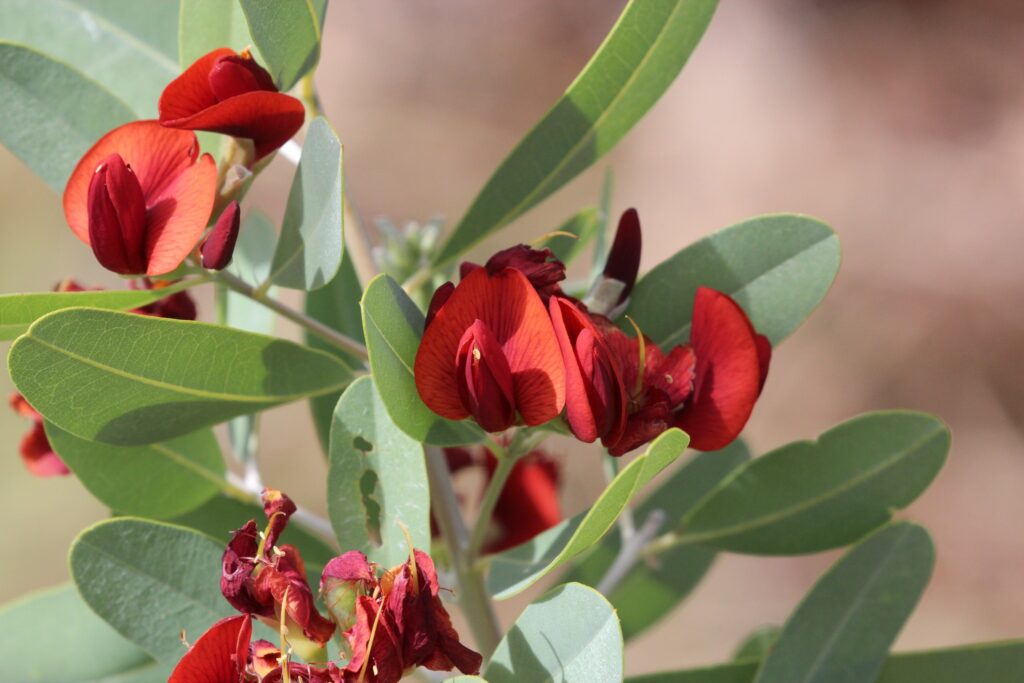1080 baiting for Australia’s ferals: a lifeline for threatened native species
National Coordinators, Centre for Invasive Species Solutions
Greg Mifsud National Wild Dog Management Coordinator | Gillian Basnett National Feral Cat and Fox Management Coordinator | Heidi Kleinert National Feral Rabbit Management Coordinator
Australia’s iconic native species – from rock-wallabies to the eastern quoll, night parrot and corroboree frog to spider orchids, threatened wattles and hakeas – are being pushed to the brink by introduced species.
Pest populations, including foxes, wild dogs, cats, rabbits and pigs, are one of the most prevalent threats to these native icons through predation and the destruction of delicate ecosystems.
But Australia’s environment has its own trump card for these invasive species: a chemical compound known as fluoroacetate which occurs naturally in over 30 Australian plant species. Manufactured into sodium fluoroacetate, it’s poisonous to introduced mammals but, critically, many native wildlife species existing alongside it for millennia have a much higher tolerance.

Carefully prepared as a bait to contain tiny amounts of the compound (known most commonly by its catalogue number: 1080), a significant body of research confirms that the difference in tolerance allows the poison to target invasive – not native – species.
This allows for the control of larger introduced predators, such as foxes, while presenting a limited risk to the native predators baiting efforts seek to protect. These include wedge-tailed eagles, goannas and quolls – mainland Australia’s largest marsupial predator.
For example, research programs reveal that although spotted-tailed quolls ate baits designed for wild dogs and foxes, they were unharmed. More importantly, their populations increased and generations of quoll flourished with 1080 bait in the environment as they experienced less predation and competition for resources as wild dog and fox populations were controlled.
And, as a natural toxin, 1080 biodegrades quickly. Microorganisms and bacteria break it down and it also dilutes to harmless levels in water. This means it doesn’t bioaccumulate in the food chain, further reducing the risk to off-target, native species.
Learn more about Australia’s natural toxin targeting invasive species
Read | The facts of best practice 1080 baiting
Watch | An environmentally responsible option for invasive species management
Spotted-tailed quoll case study | Natural Australian toxin protecting plants and wildlife from predators – Landcare Australia




